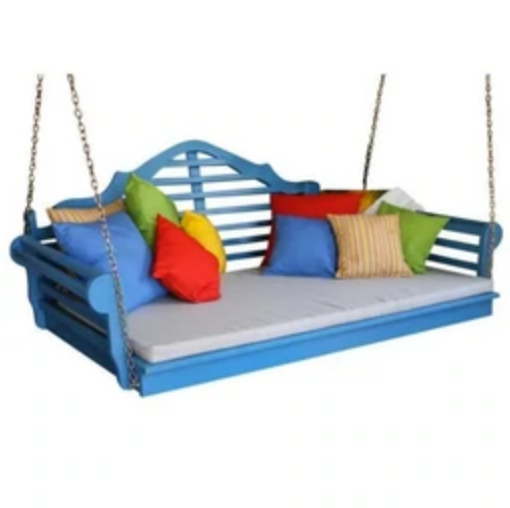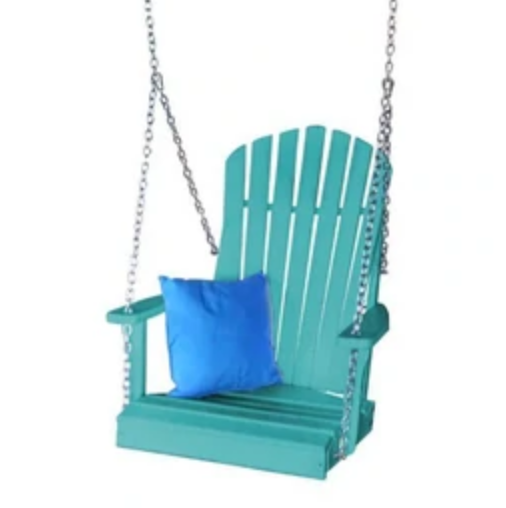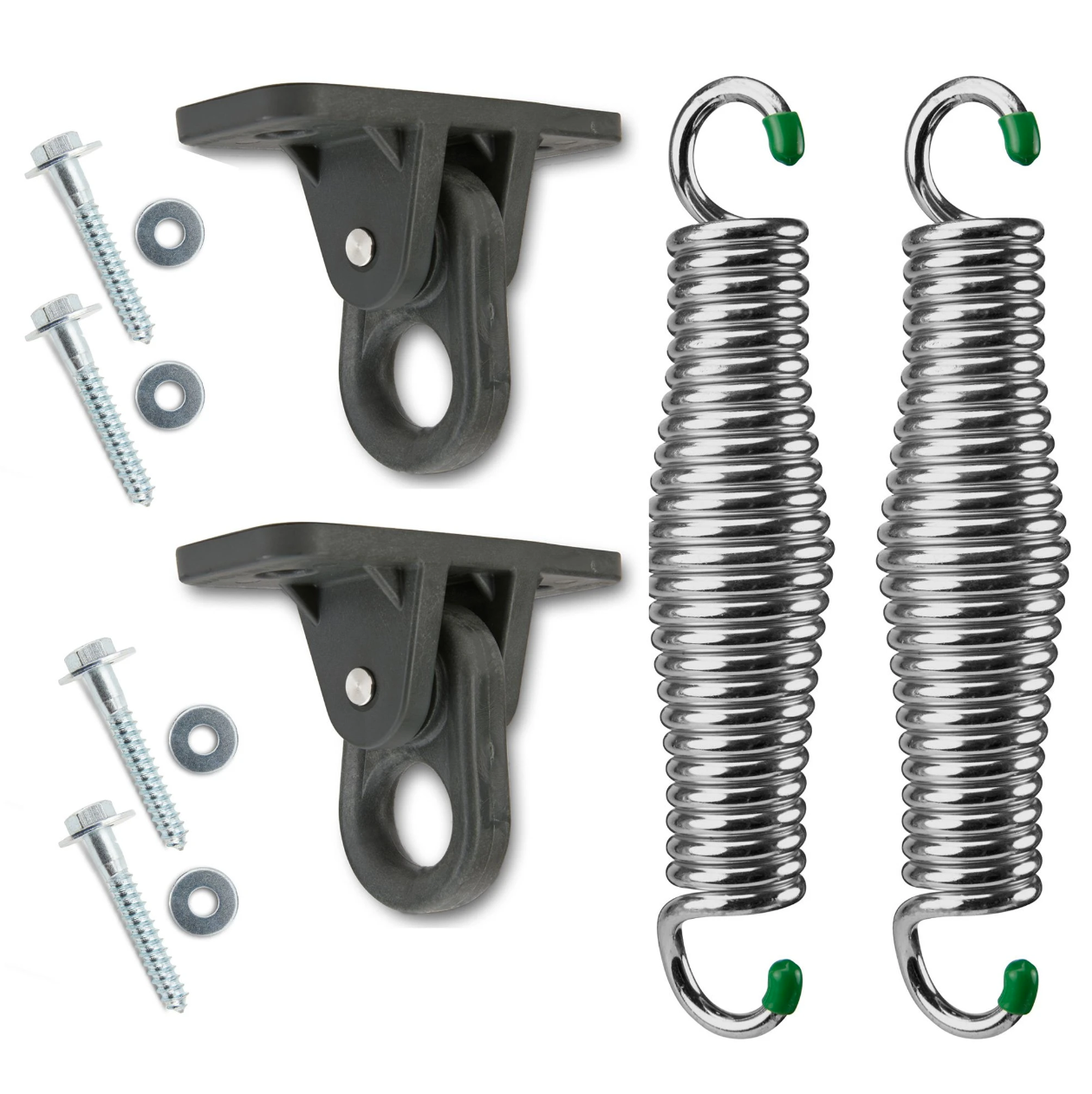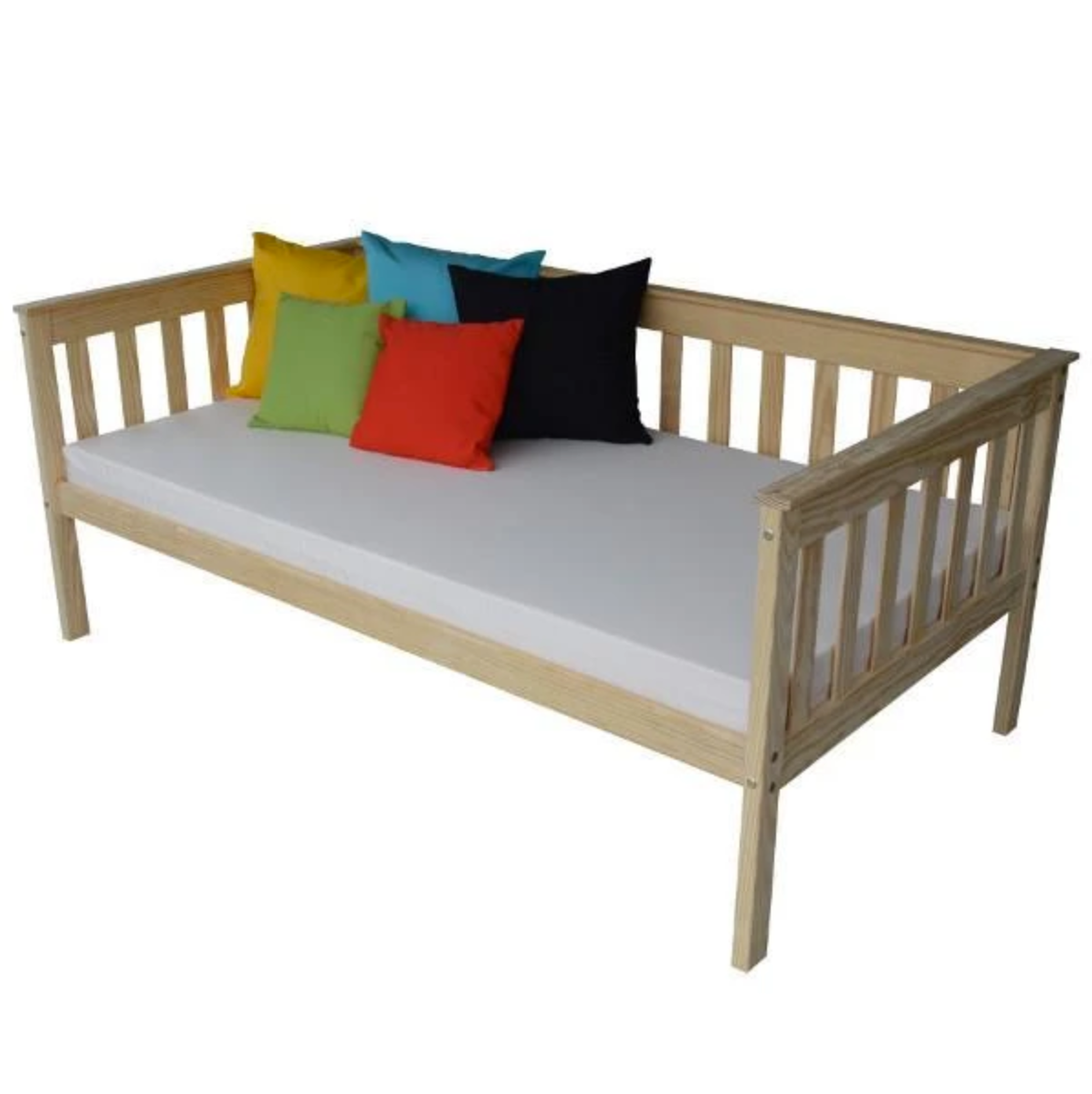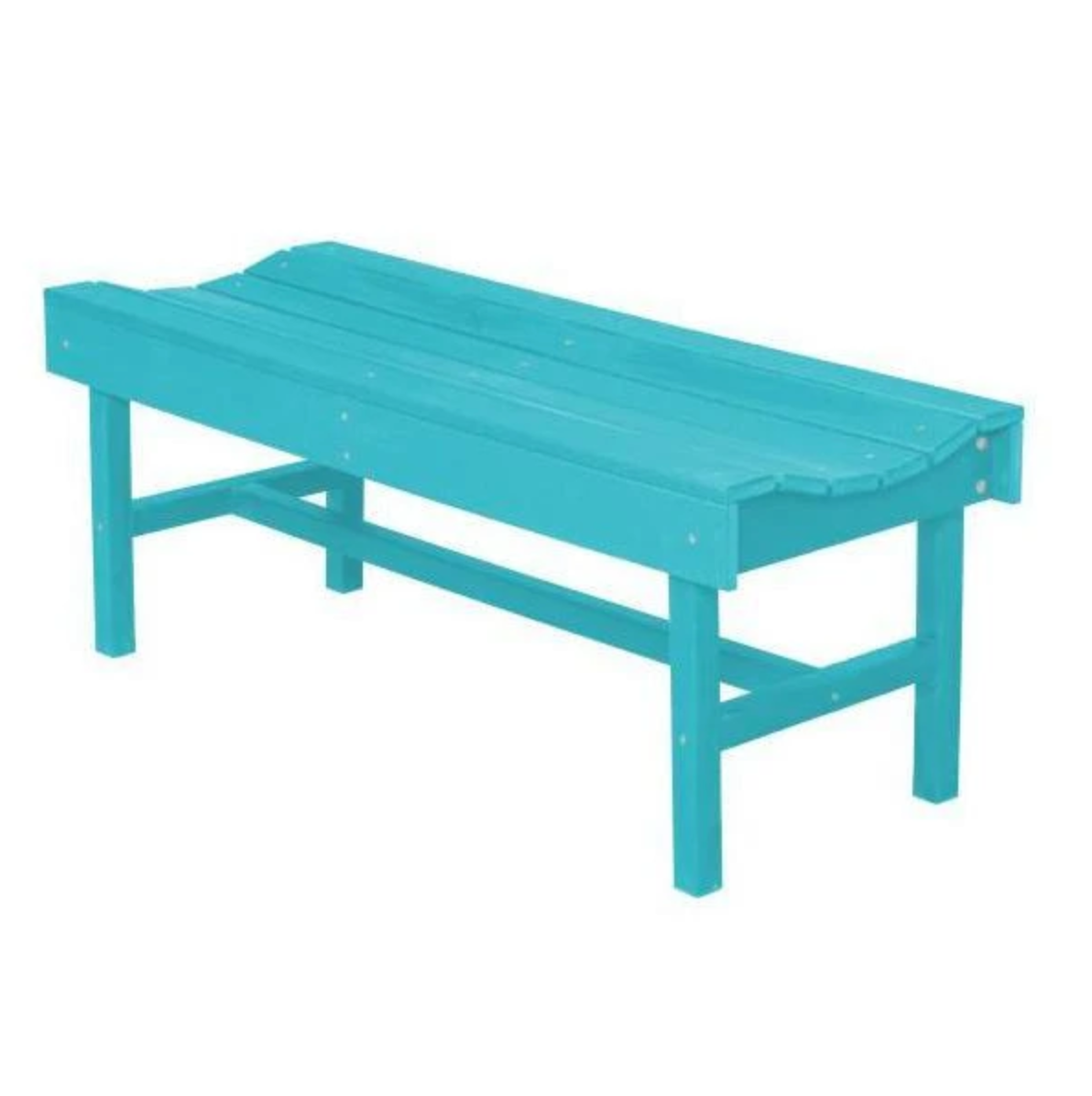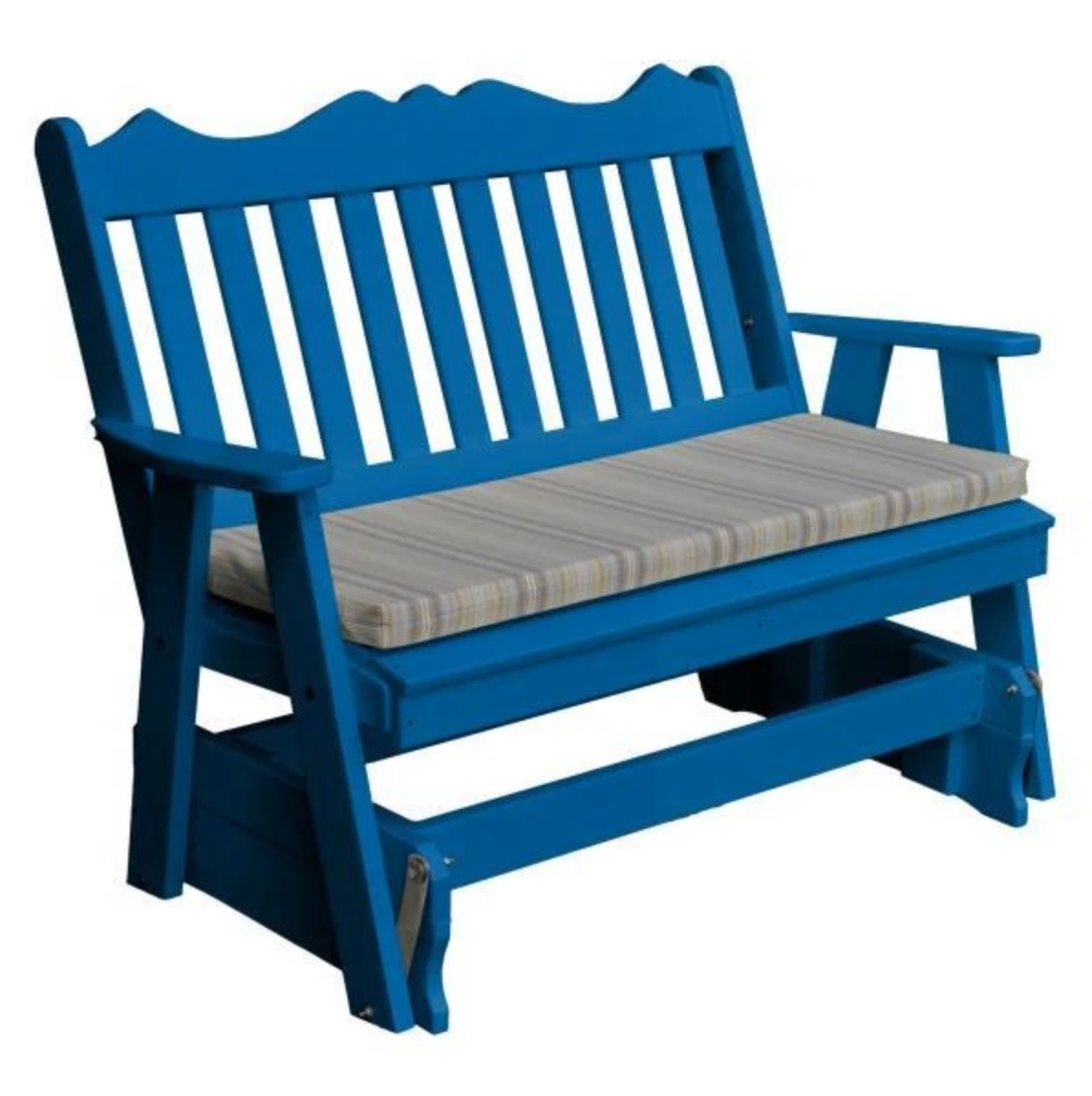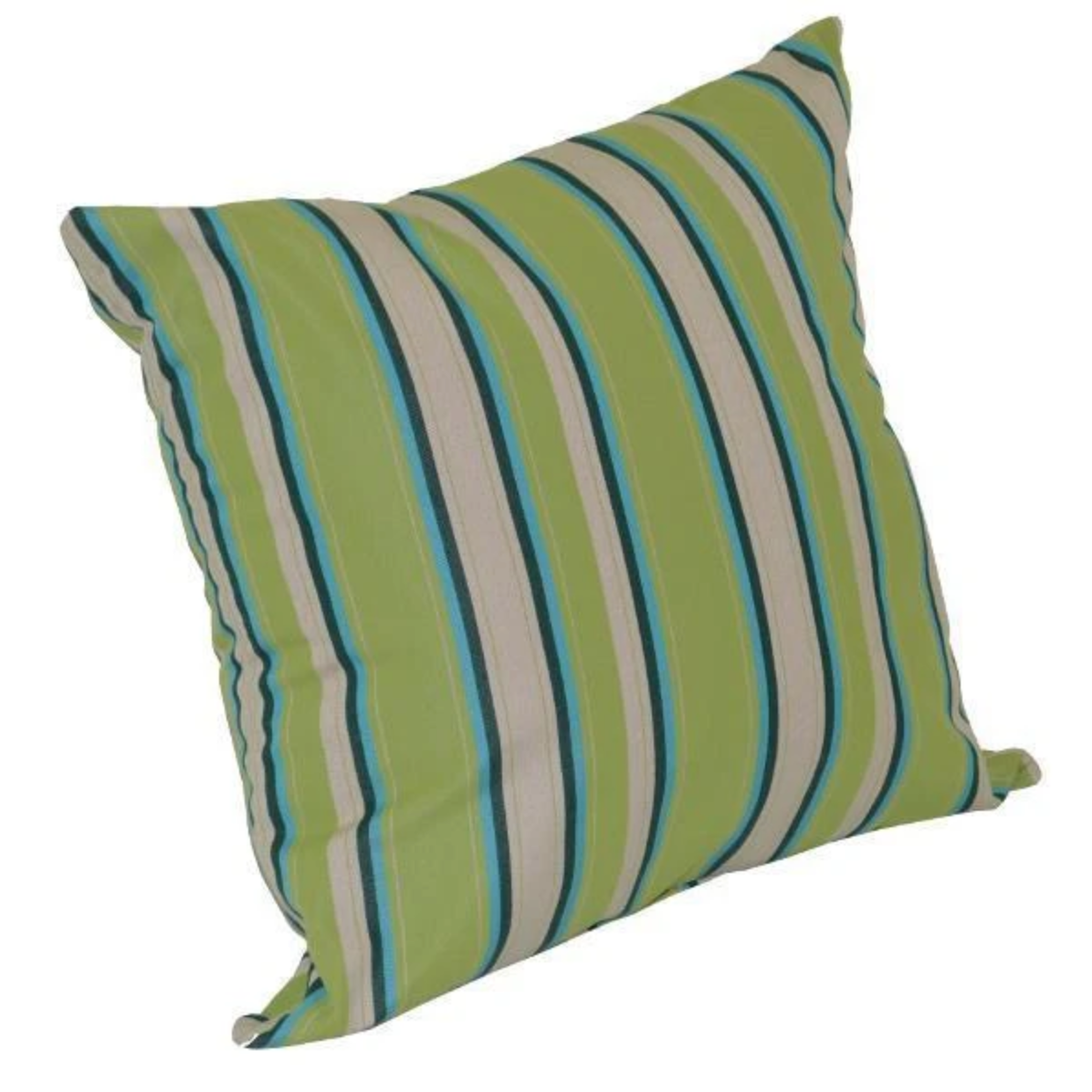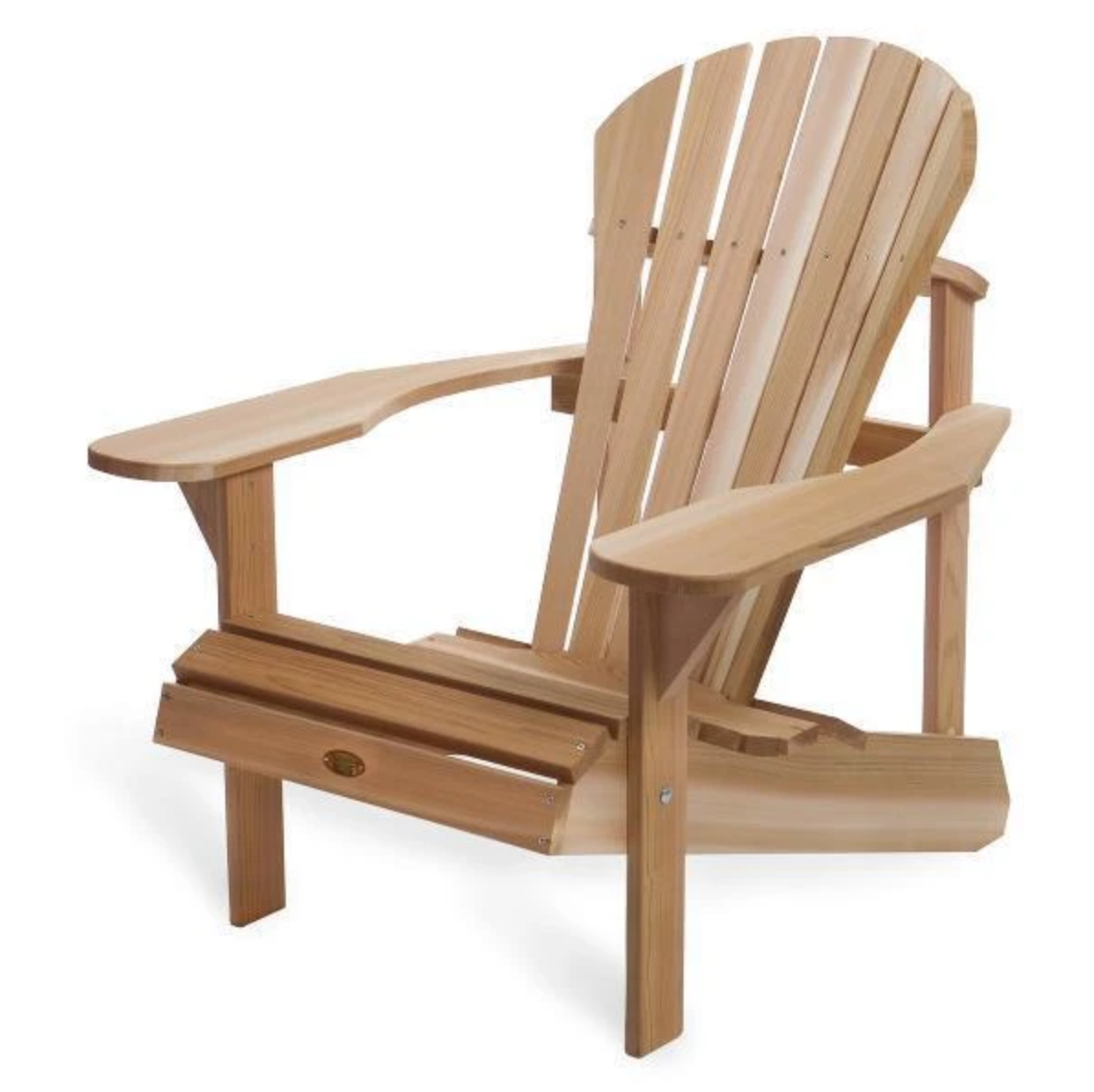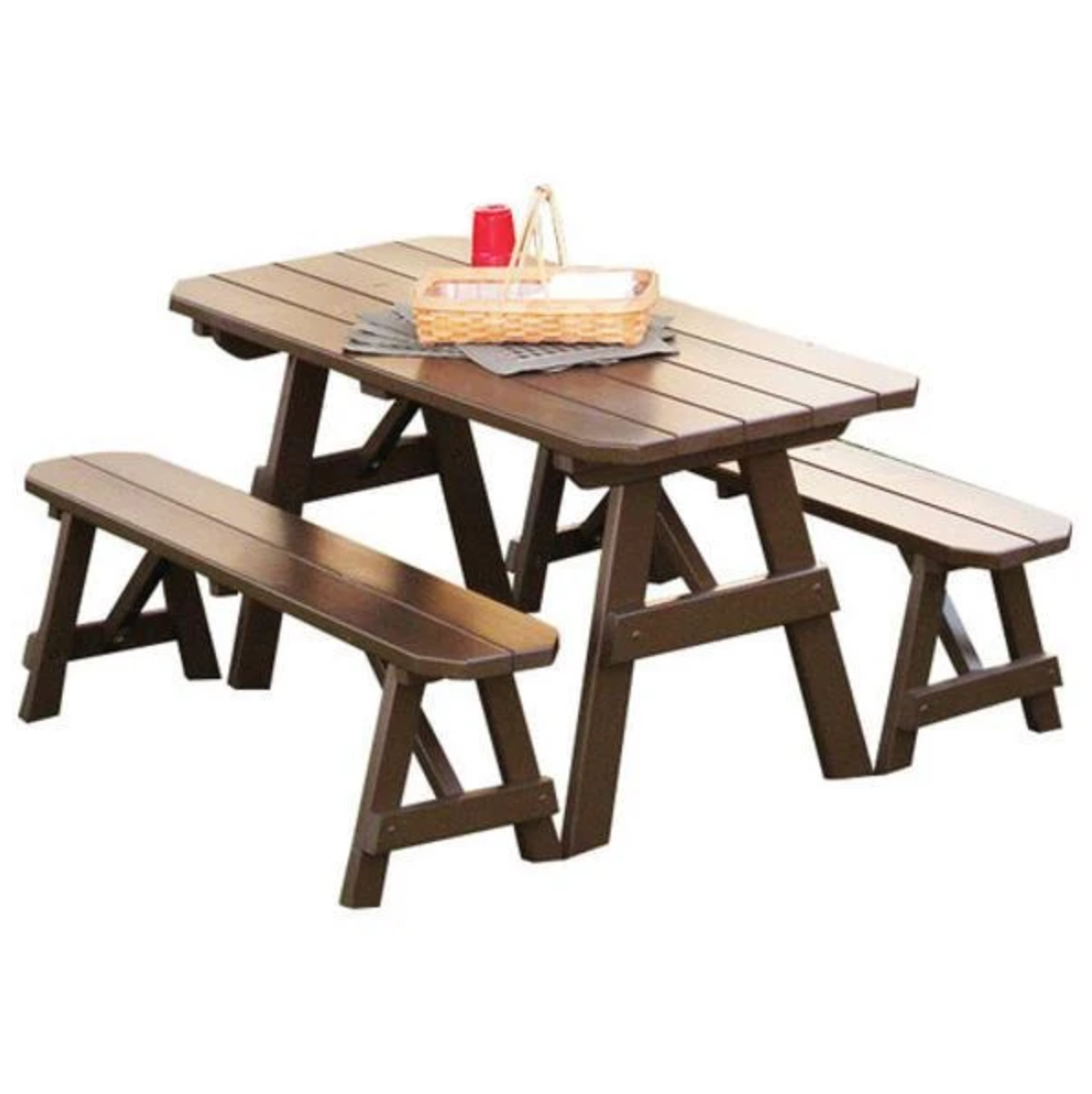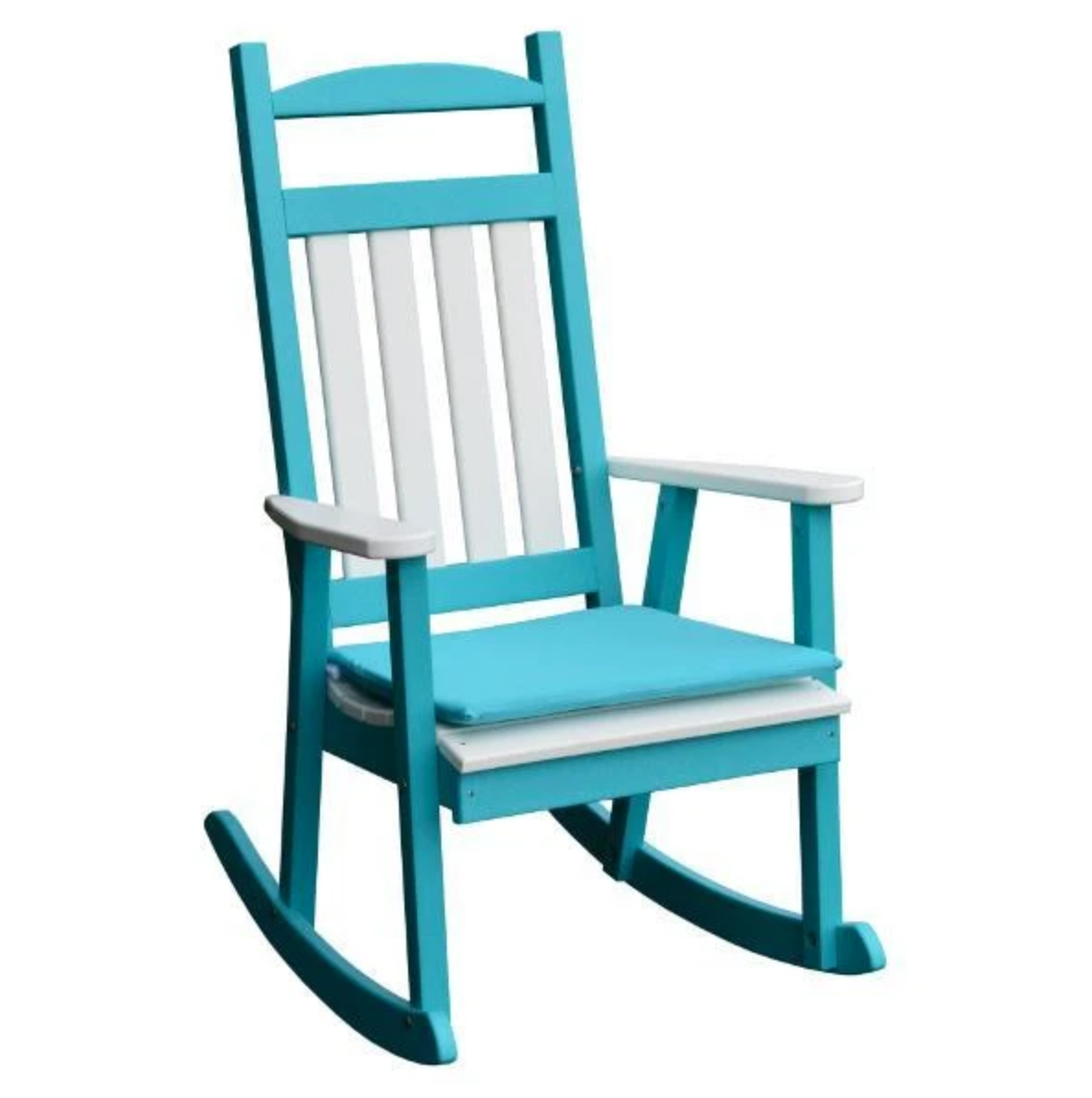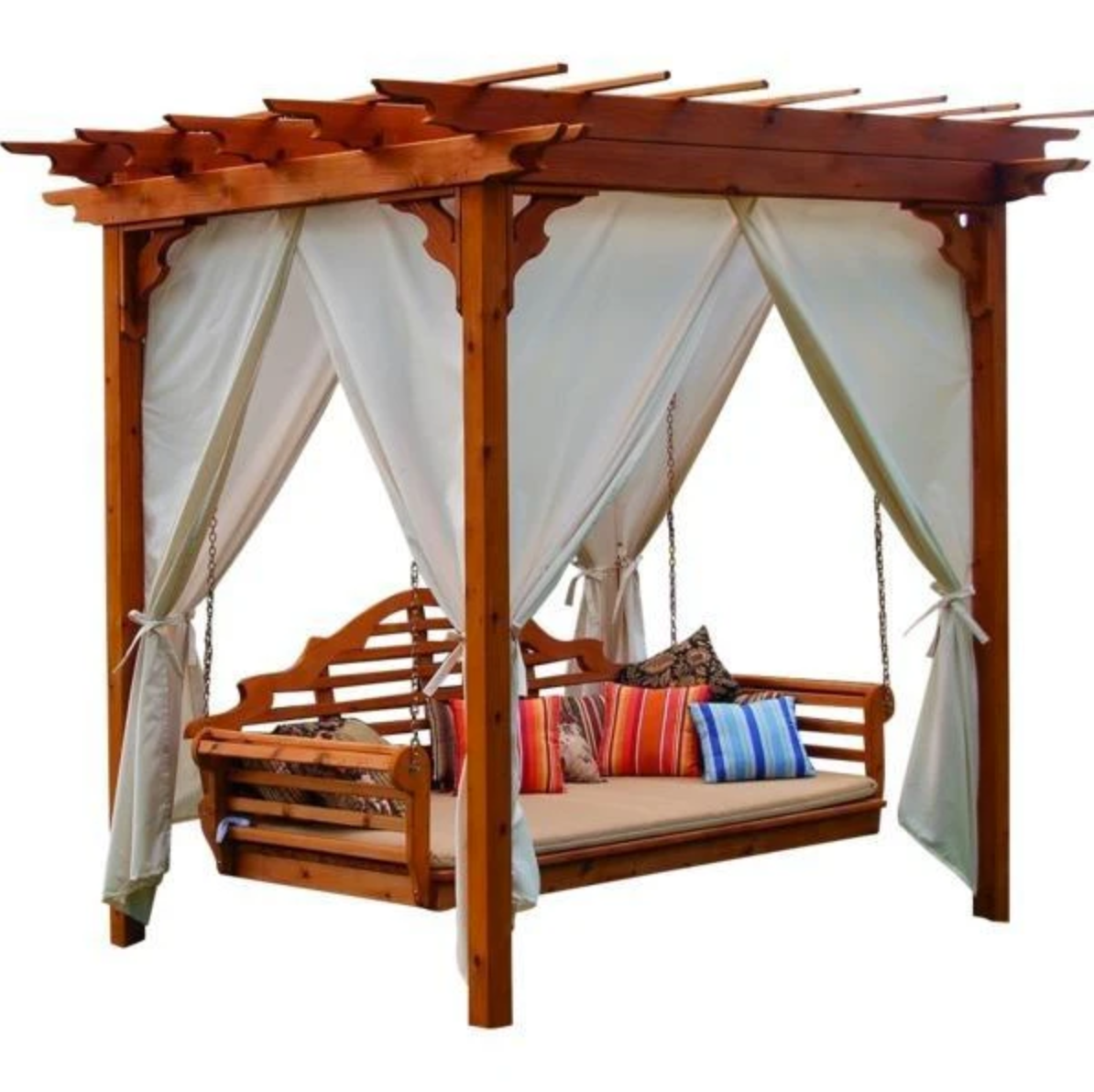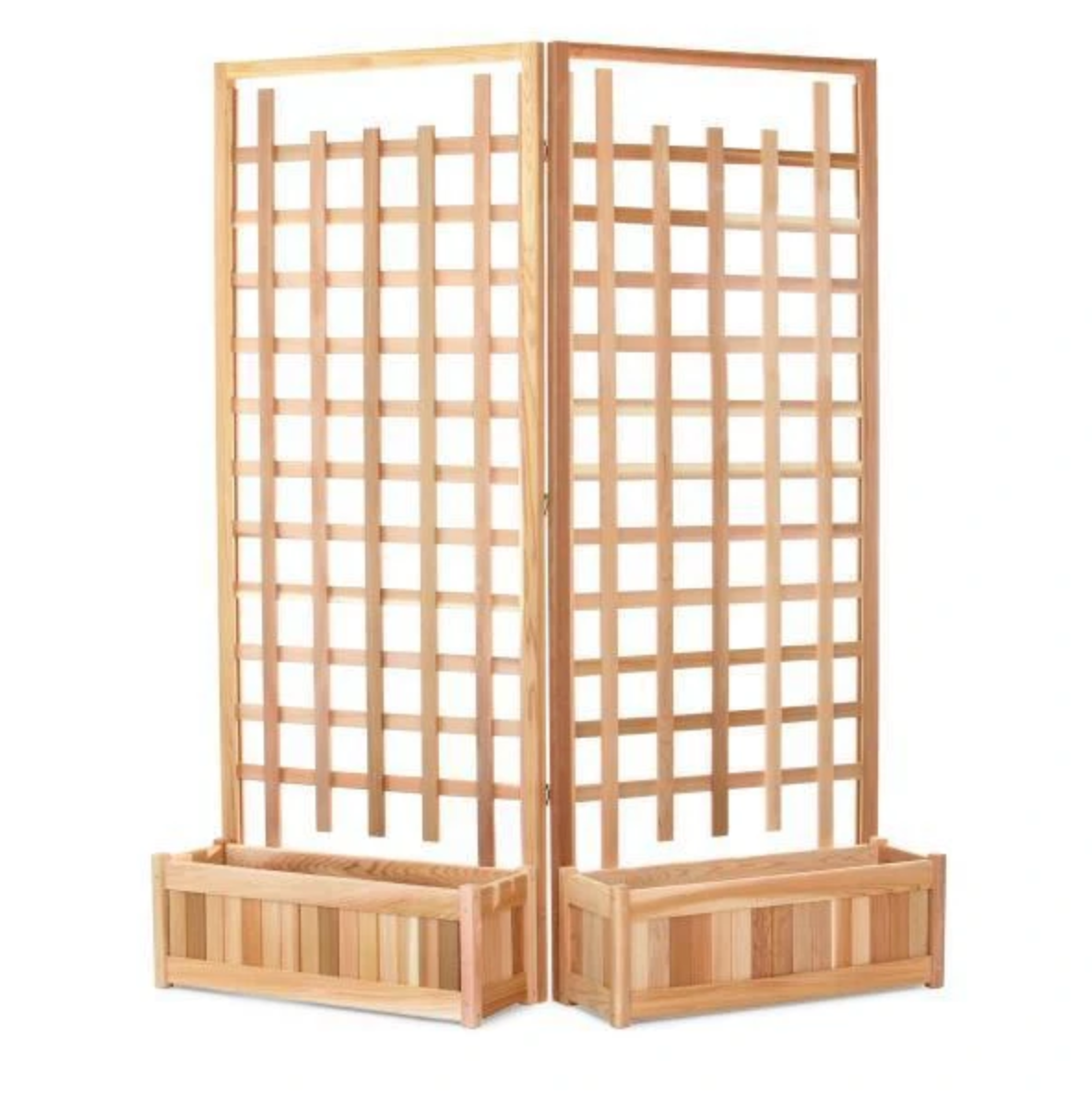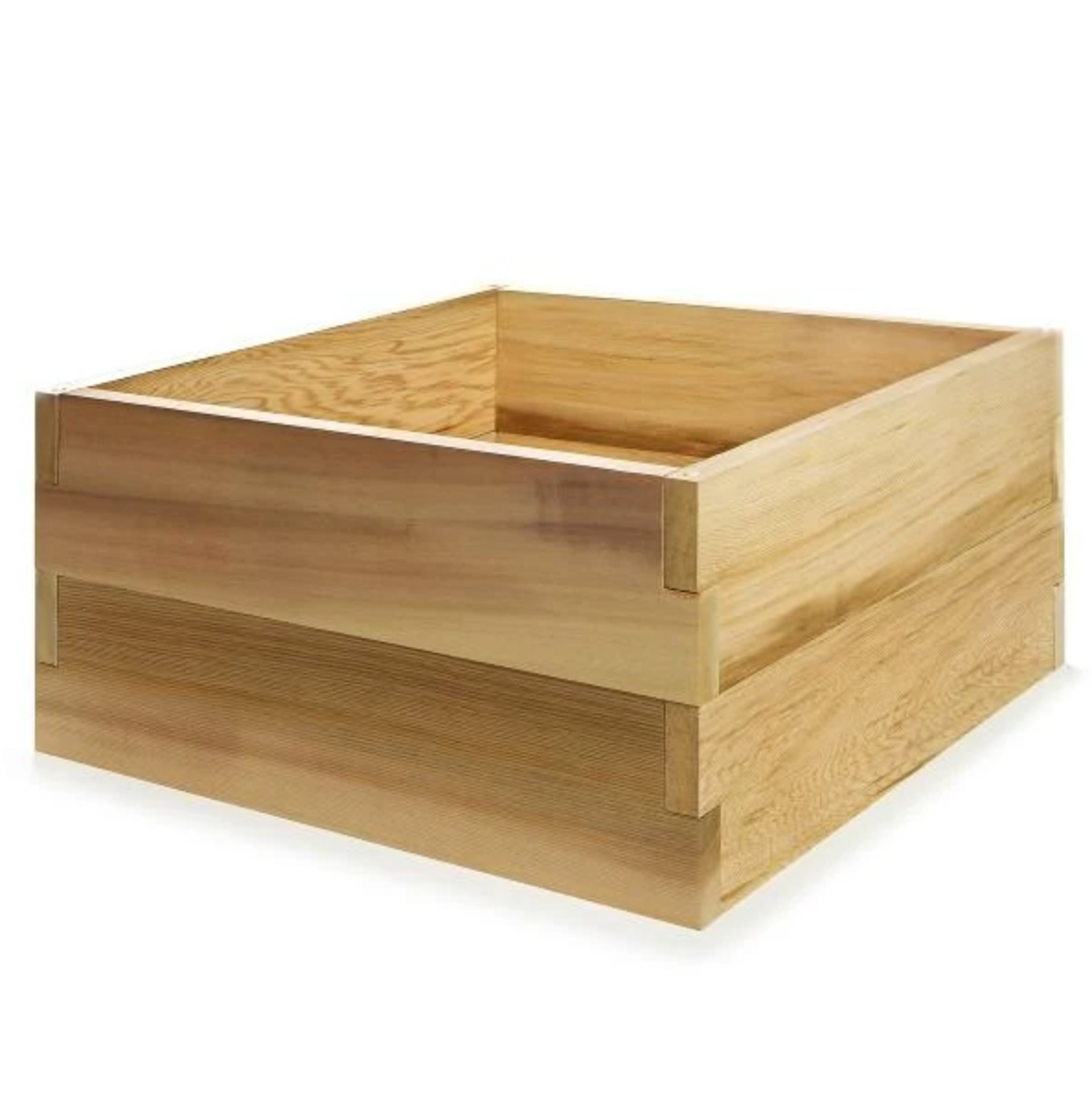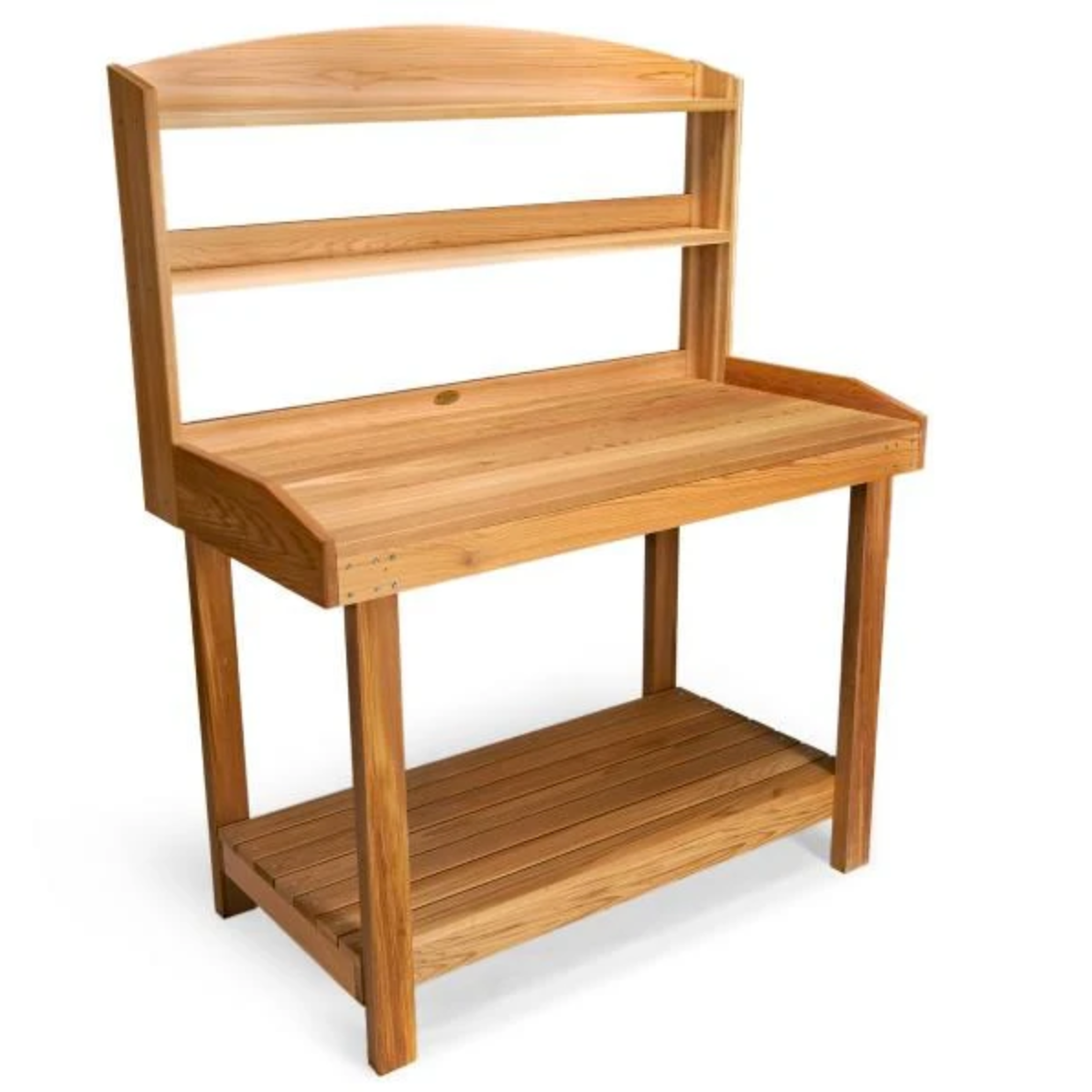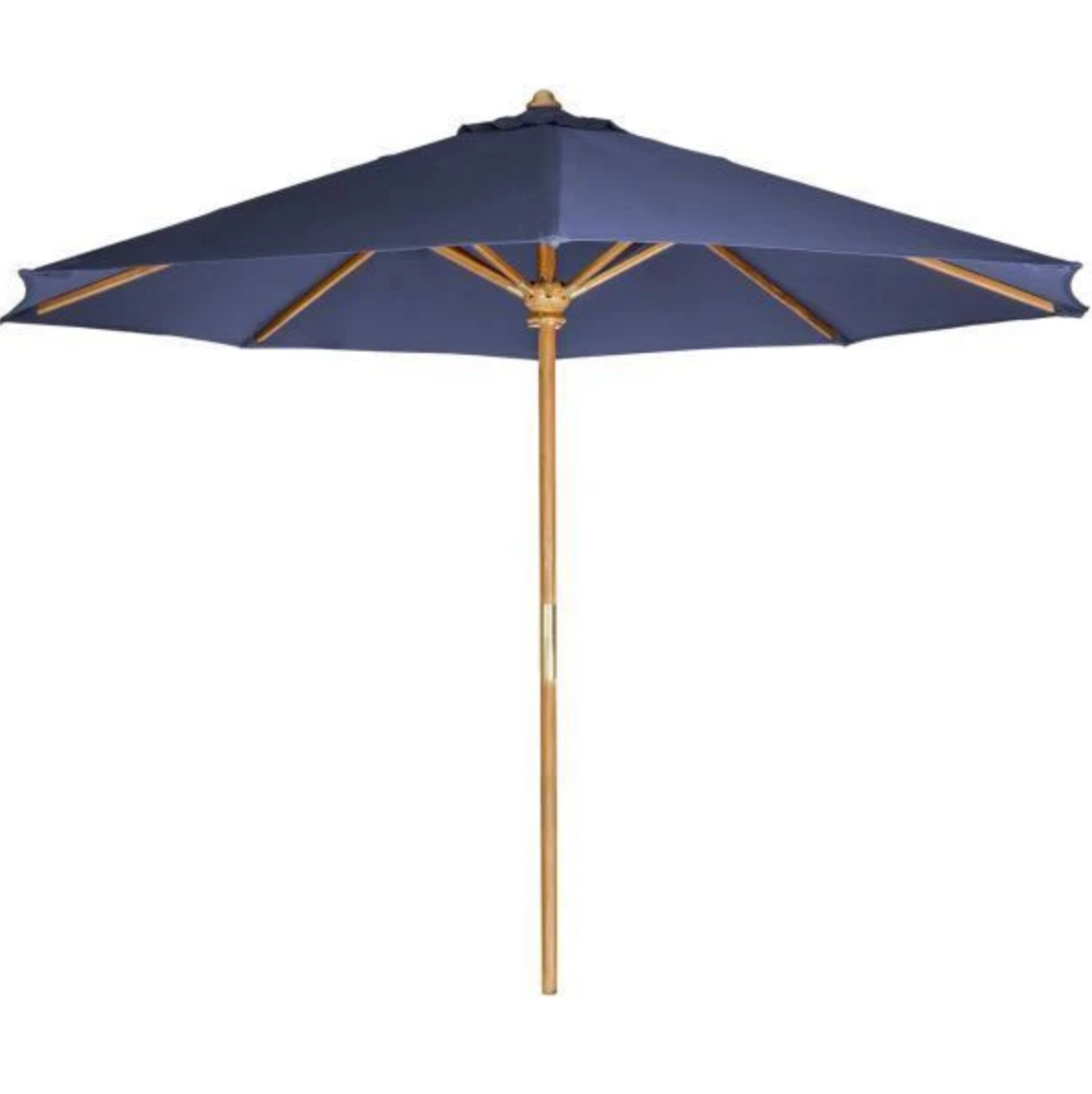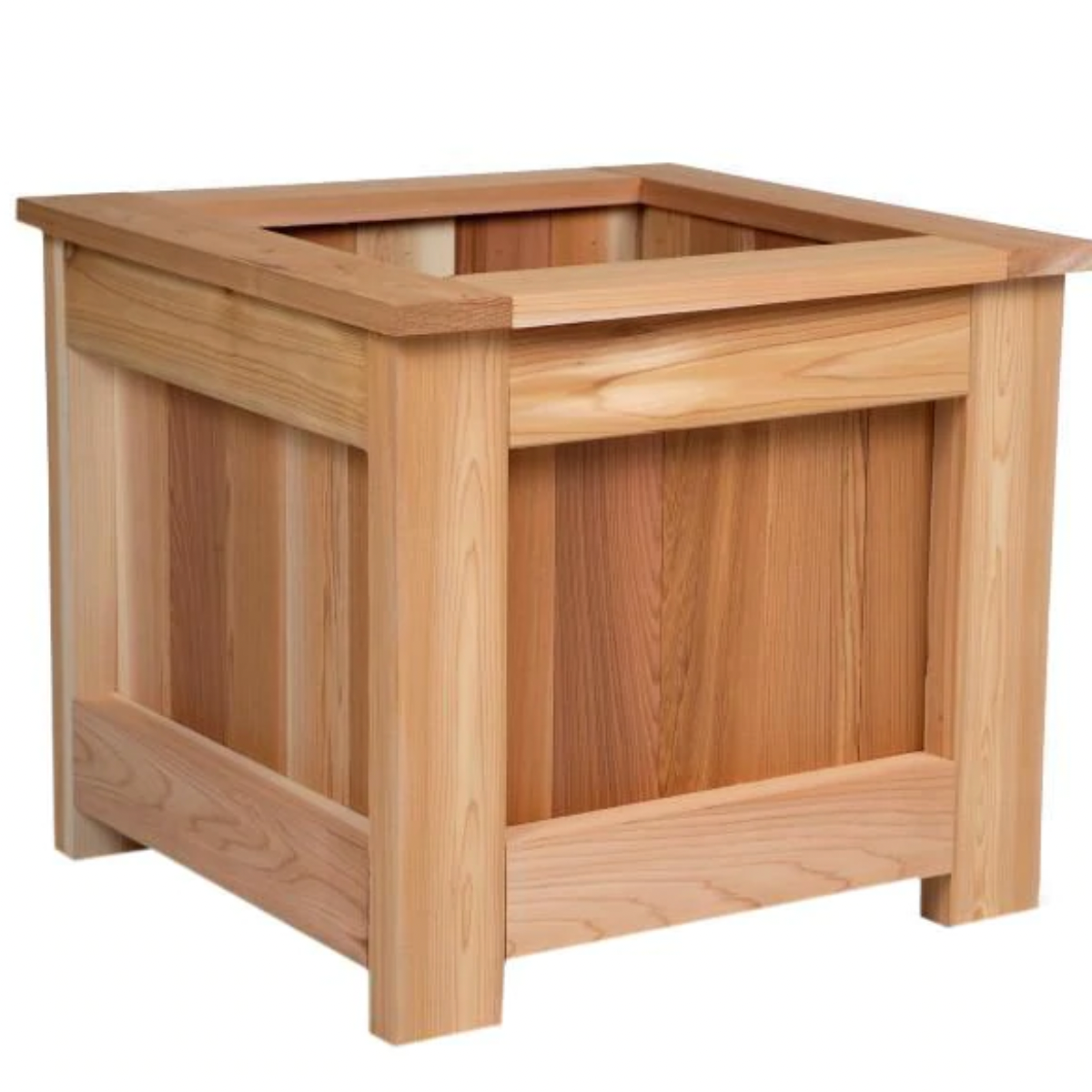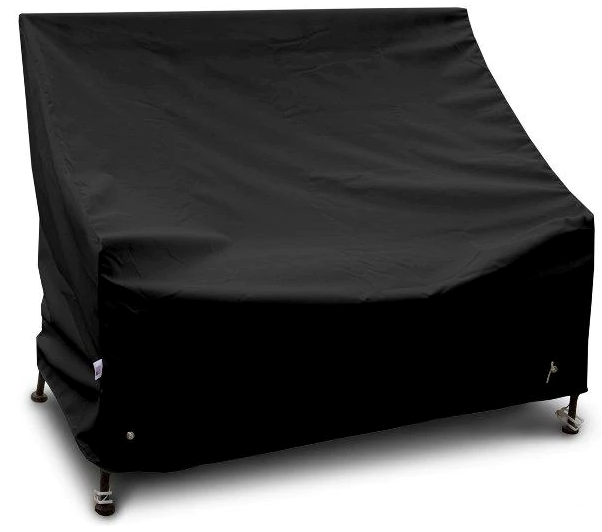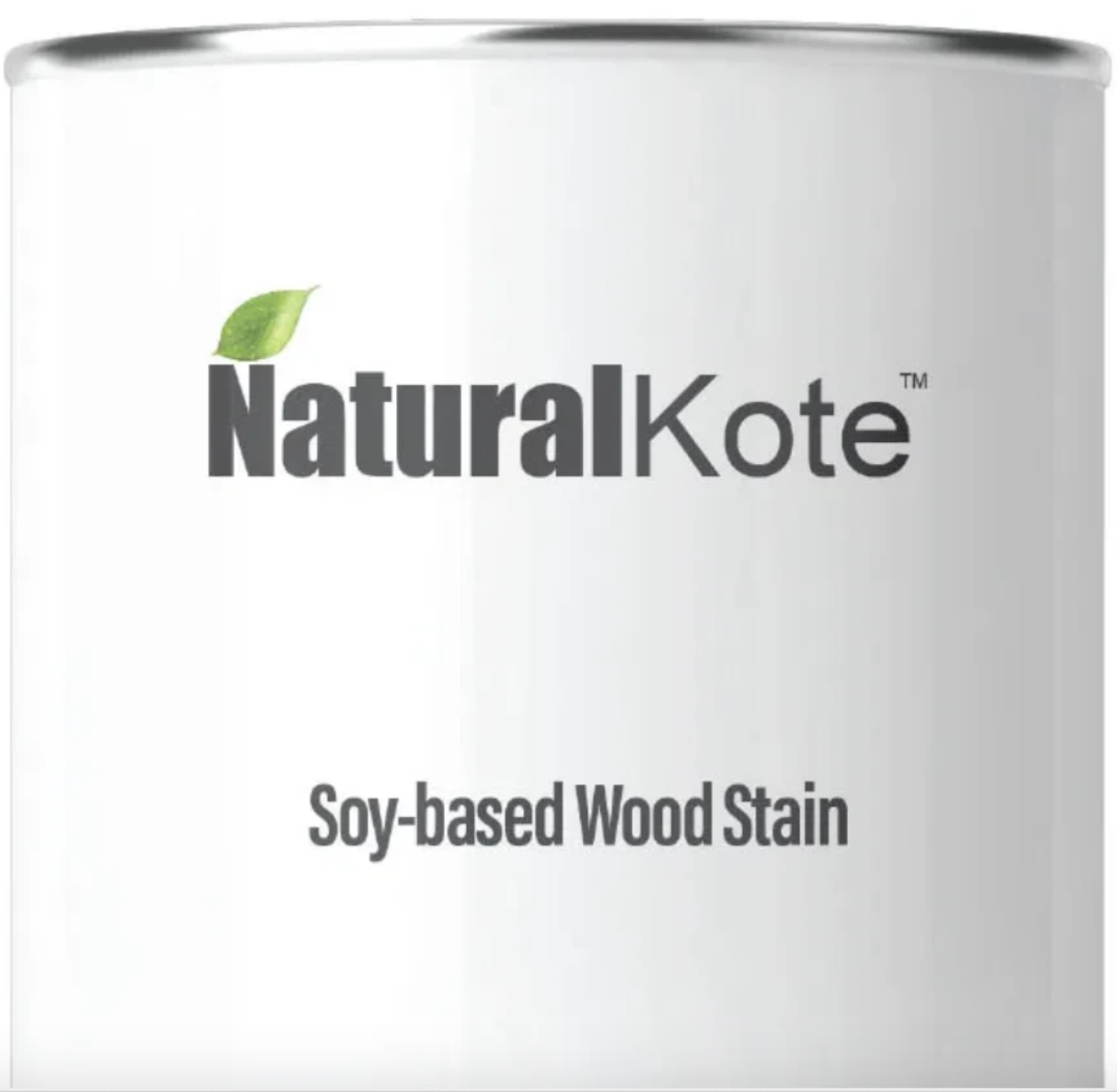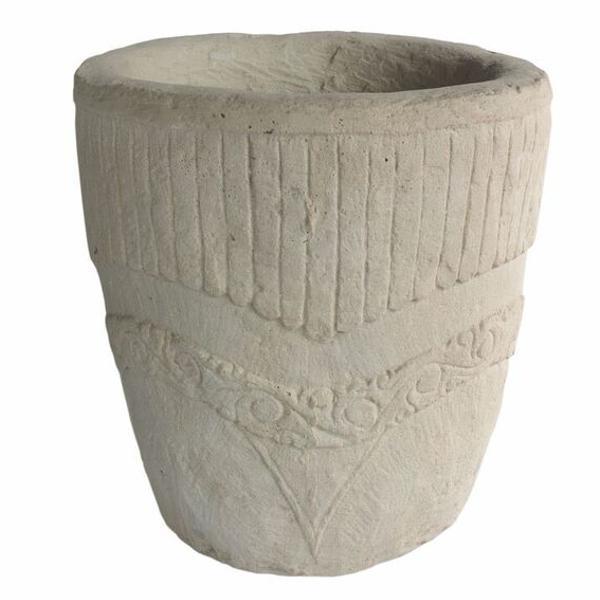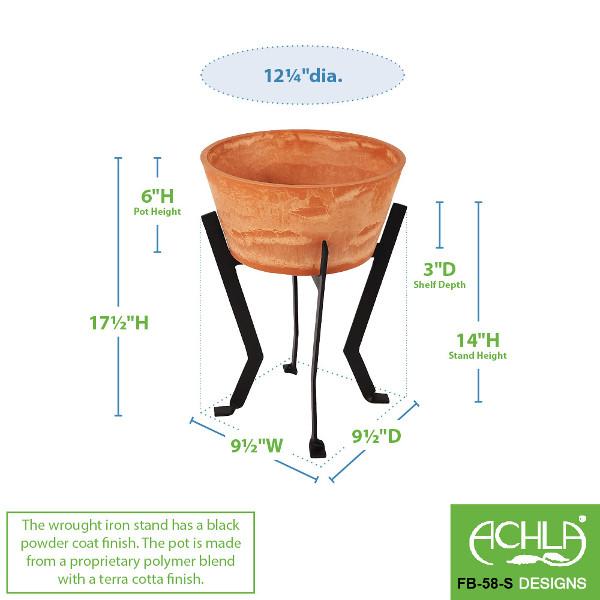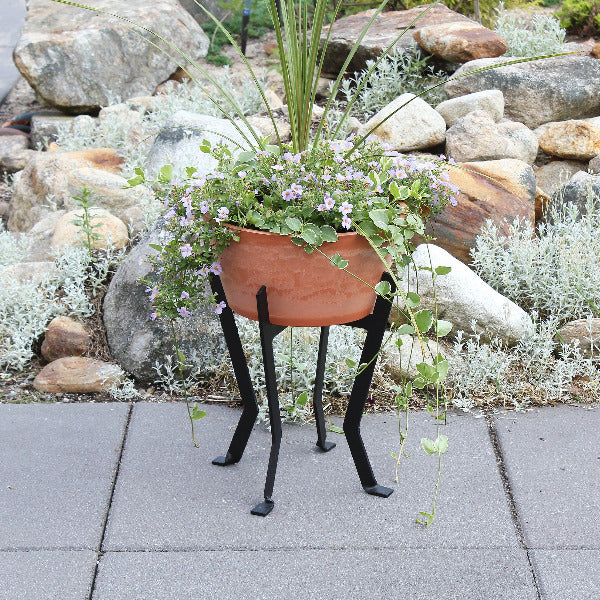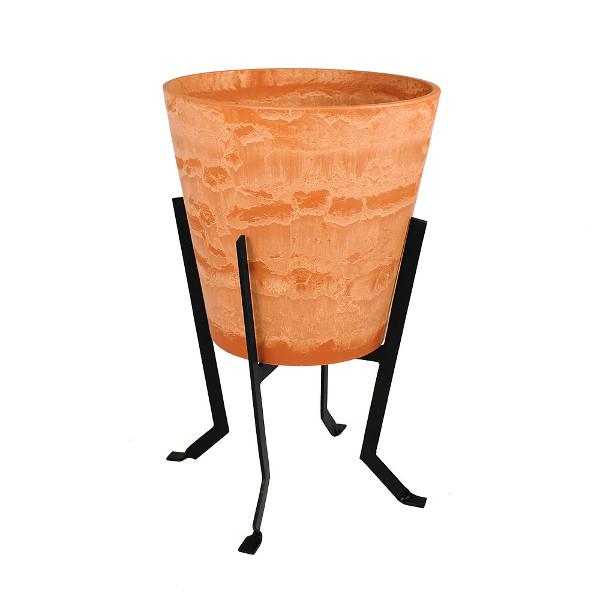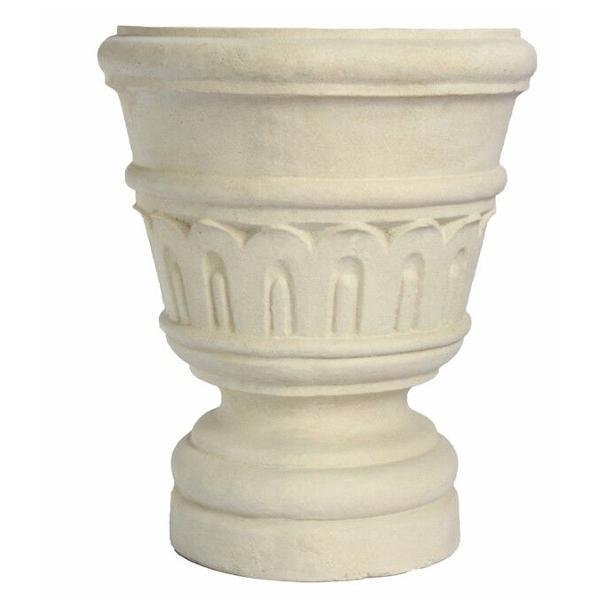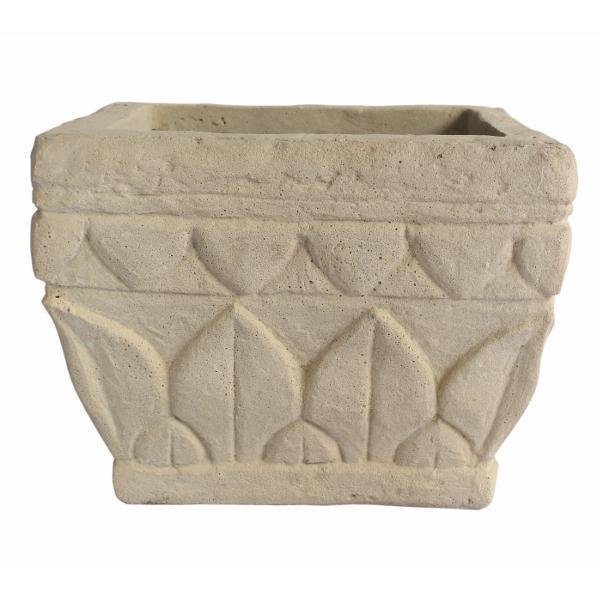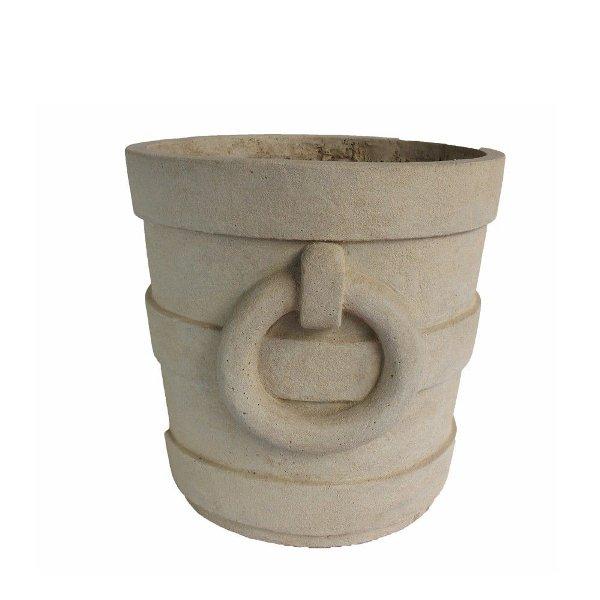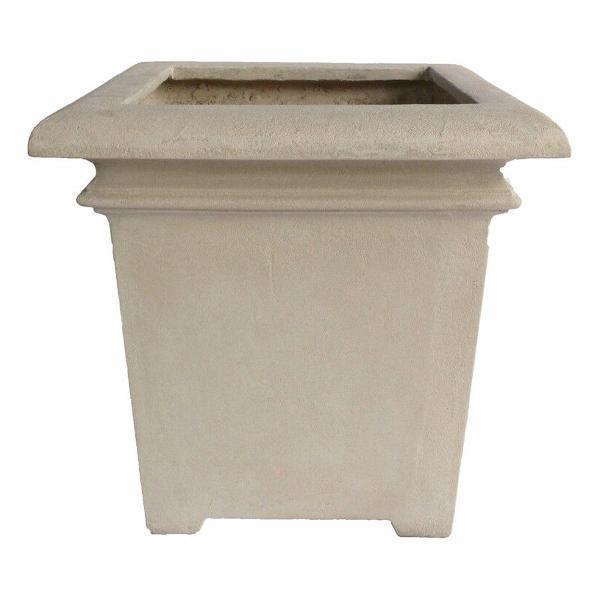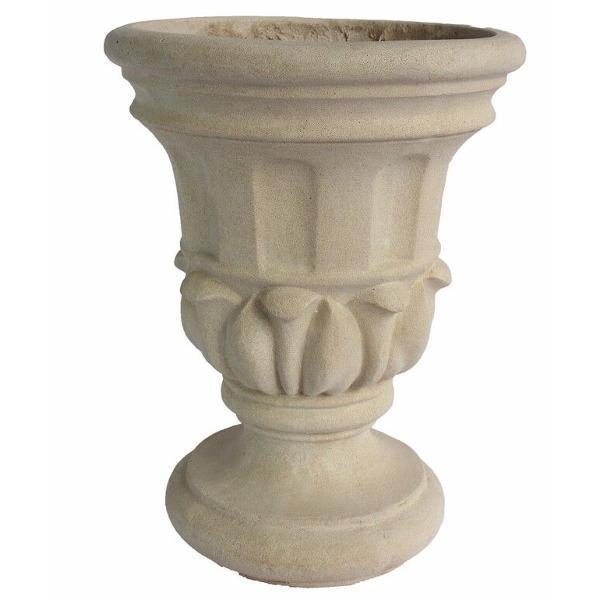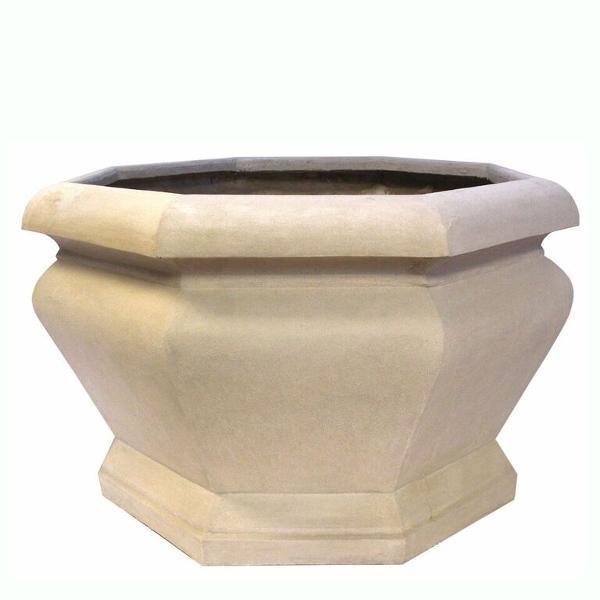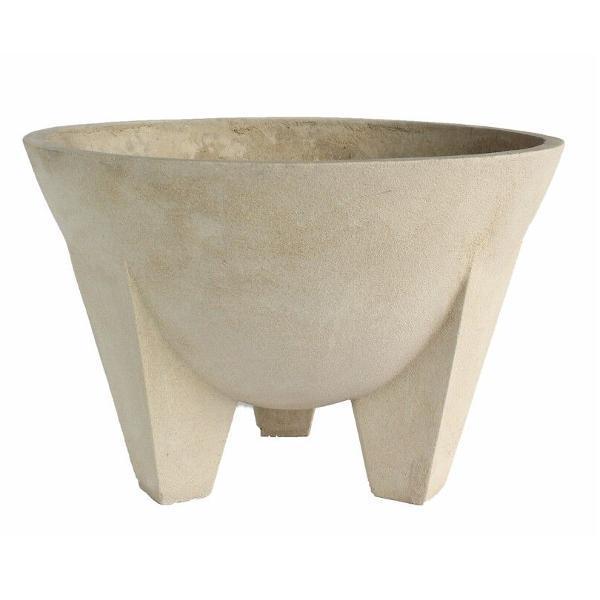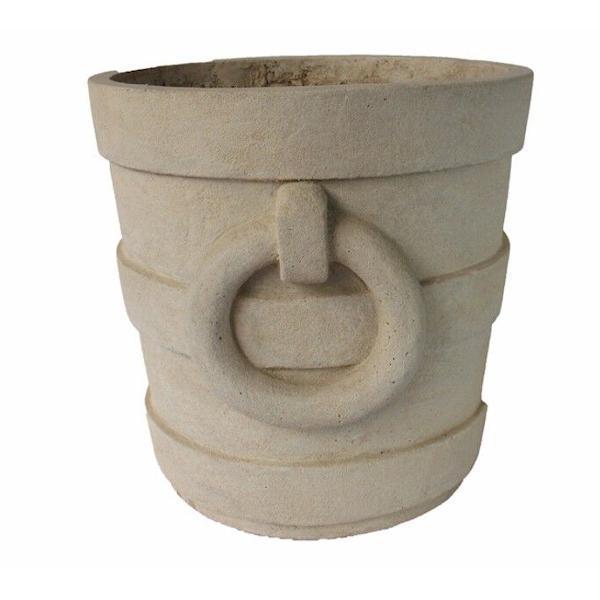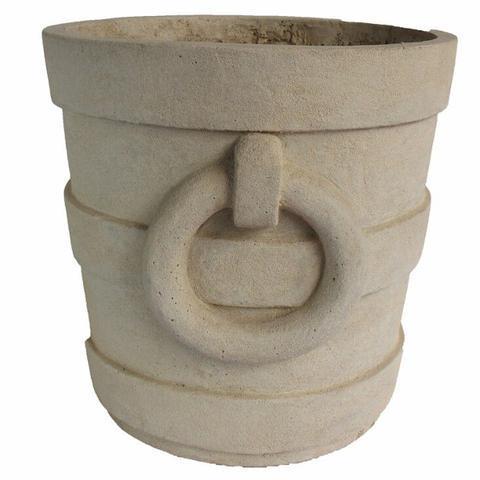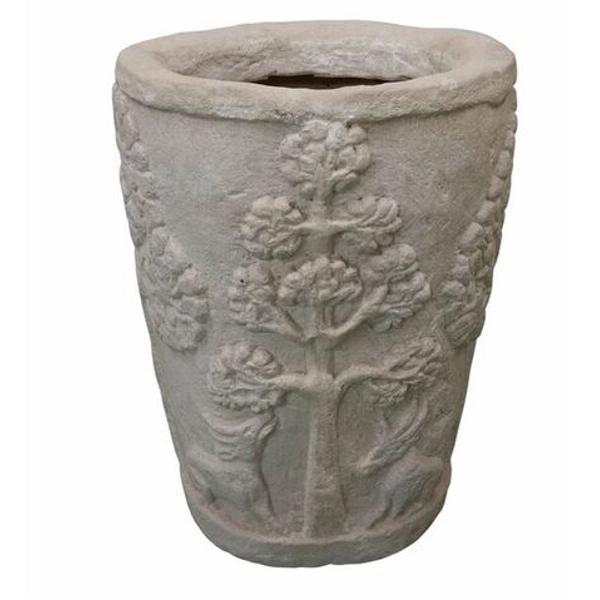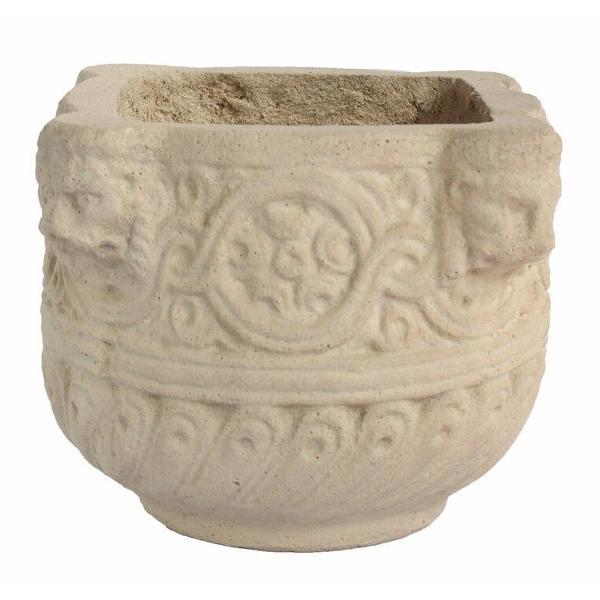Your Cart is Empty
Stone and Ceramic Garden Planters
Add that extra touch of beauty to your garden with Stone and Ceramic Garden Planters. With various styles, colors, and designs to choose from, you can customize your outdoor spaces with the perfect planter for your needs. Combine large accent structures such as garden arbors and trellisor a few more stunning garden accessories as you add more styling details to the patio.
Q1: What are the primary aesthetic and functional advantages of using Ceramic Pots over plastic or metal?
A: Ceramic pots are valued for their classic look, weight, and natural moisture regulation.
-
Aesthetic Appeal: Ceramic pots offer a wide range of glazes, colors, and textures, providing a decorative element that can inspire your gardening creativity. The weight of ceramic pots provides astable base for large plants, making them highly resistant to tipping in windy conditions. Moisture Control (Porous Nature): Unglazed ceramic (terracotta) isporous, allowing water to evaporate through the pot walls slowly. It is ideal for plants that prefer dry conditions, such as succulents, cacti, and many herbs, as it helps prevent root rot.
-
Glazed Ceramic: Glazed pots are non-porous and retain moisture better, making them better suited for plants that require consistently moist soil.
Q2: What is the single most critical risk when using Ceramic Pots in cold climates, and how is it mitigated?
A: The critical risk is damage caused by thefreeze-thaw cycle.
-
The Mechanism: When a water-saturated ceramic is exposed to freezing temperatures, the water inside the porous walls expands. This expansion creates tremendous internal pressure, which can cause the pot to crack, flake, or shatter.
-
Mitigation:
-
Drainage: Ensure the pot has excellent drainage. Do not allow the pot to sit in a saucer of water during the winter months.
-
Storage: In climates that experience freezing,all ceramic pots should be emptied, cleaned, and stored indoors (in a shed, garage, or basement) for the winter.
Frost-Resistant Labels: Look for pots explicitly labeled as "frost-resistant" or "winter-safe." These labels indicate that the pots are designed to withstand freezing temperatures without cracking or shattering. Such pots are typically fired at higher temperatures and have lower porosity, making them ideal for cold climates.
Q3: What is the proper technique for filling a Ceramic Pot to ensure optimal plant health?
A: Proper layering is essential for drainage and plant stability:
-
Drainage Hole Cover: Place a small piece ofscreen or mesh over the drainage hole to prevent soil from washing out while still allowing water to exit freely.Do not use rocks or pottery shards at the bottom, as this can impede drainage.
-
Potting Mix: Use a high-quality potting mix (not garden soil). Potting mix is lighter and designed to provide aeration and retain some moisture without becoming waterlogged.
-
Filling: Fill the pot, ensuring the top of the soil is at least one inch below the rim. It provides a reservoir space for watering without soil washing over the edge.
Q4: How does a Ceramic Pot's color and glaze affect the plant's environment?
A: Color and glaze impact heat absorption and moisture retention:
-
Dark Colors (Brown, Black): Absorb significantly more solar heat. It can raise soil temperatures rapidly, potentially stressing the roots of sun-sensitive plants like ferns or hostas. However, these colors are best for plants that thrive in high heat, such as succulents or cacti.
-
Light Colors (White, Pale Blue): Reflect heat, keeping the soil cooler. Ideal for patios in hot climates.
-
Glaze: A heavy, continuous glaze makes the pot non-porous, reducing water evaporation through the walls. It means the plant will need less frequent watering compared to an unglazed terracotta pot of the same size.


